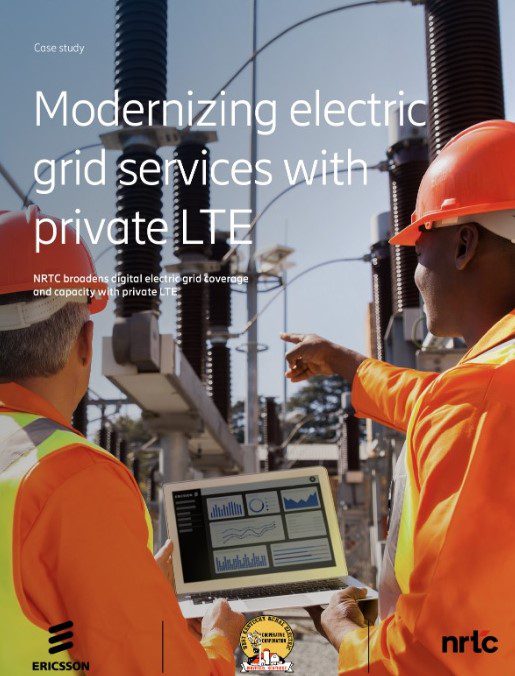Ericsson, NRTC and West Kentucky RECC Advance Smart Grid Wireless
Randy Sukow
|

Ericsson, Swedish-based international communications equipment company recently published a case study, “Modernizing Electric Grid Services with Private LTE: NRTC Broadens Digital Electric Coverage and Capacity with Private LTE.” NRTC is working with Ericsson to develop private Long Term Evolution (LTE) network systems to fit the many potential smart grid use cases a rural cooperative might use. The case study provides details of a recent trial deployment at West Kentucky Rural Electric Cooperative Corp. (WKRECC).
“Our goal is to help our members implement technology to address changing grid dynamics and that requires a modern standards-based communications network such as private LTE,” Joe Walsh, NRTC VP, Smart Grid Advisory and Networks, says in the report.
WKRECC tested the private LTE network on applications including SCADA, push-to-talk voice communications, fixed wireless access to the internet and narrowband wireless links to internet of things (IoT) devices. The network achieved speeds of 13 Mbps downstream and 5 Mbps upstream. Results also suggested the viability of reaching greater speeds by aggregating multiple LTE carriers.
For many cooperatives, the most important trial finding will be the potential costs savings. In typical deployments, a utility might pay for separate, proprietary communications systems to support SCADA, voice communications and other wireless applications. “With private LTE, we’ll have a network that will support multiple smart grid systems for a fraction of what it would cost to expand just one system,” Justin McCann, WKRECC’s VP of Engineering.
Trial SCADA operations over private LTE, for example, provided higher capacity compared to more typical deployments. WKRECC collected information from a larger number of data points providing a more detailed picture of grid operations for field crews to follow. “We’ll be able to do distribution automation, which will improve reliability and resilience, and enable automatic fault location to accelerate response time when there are outages,” McCann said.
The cooperative foresees eventually migrating its AMI communications to private LTE as well. It currently contacts its meters using 50 kHz of bandwidth, which allows it to poll a limited percentage of the network at one time. LTE would allow it to expand to 3 MHz or 60 times current bandwidth, to further improve billing and outage management functions.
Koustuv Ghoshal, VP and head of Ericsson North America’s utilities and energy business, emphasized that future private wireless network development will be in directions that could directly benefit rural customers living over wide geographic areas. “As the capabilities of the current LTE network evolves in the future to 5G, I do see the possibility of using network slicing techniques to accomplish segmenting the network for specific use cases and customer communities,” he said.
Walsh said that researchers are developing new smart grid technologies and that new devices and applications will regularly become available. NRTC intends to watch those developments and make them available to rural electric companies.
“It might be as basic as making sure streetlights are operating to keep people safe at night or automating power redistribution to make sure first responders can communicate, and hospitals have power during a natural disaster,” he said. “But regardless, I have no doubt we will have a positive impact on peoples’ lives in the future because of the digital network investments we’re making today.”
